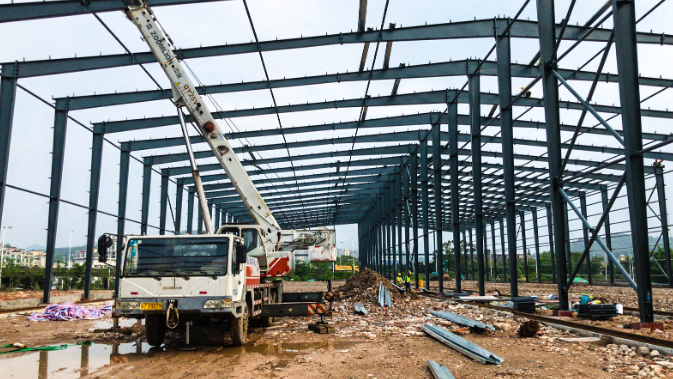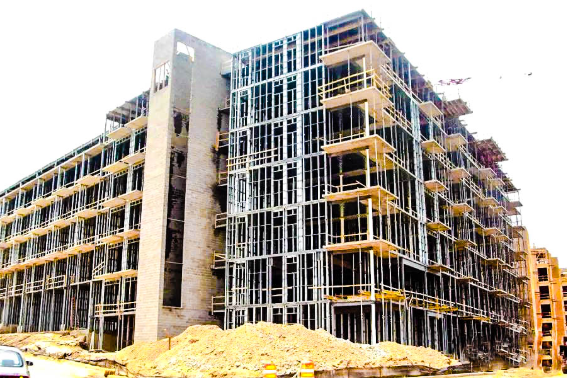Common Issues and Solutions in Steel Structure Engineering

Steel structures, due to their inherent advantages, are widely used in modern construction such as factories, bridges, industrial plants, and high-rise buildings. However, numerous quality defects have been exposed during extensive engineering practices. Based on common issues identified in main structure acceptance and final project inspections in recent years, along with corresponding rectification measures, the following observations are presented:
Gutter and Tie Bar Design: When gutters are present, tie bars should not be designed too close to column tops, as this may obstruct downpipe installation. The positions of gutter downpipes, tie bars, and column bracing must be carefully coordinated to avoid conflicts.
Turnbuckle Bolt Placement: The layout of turnbuckle bolts on horizontal bracing should be rational. They should not be positioned too far from main beams and must allow easy installation. Improper placement may force workers to overreach or use ladders during steel structure assembly, creating safety hazards. Additionally, ensure bracing positions don't interfere with knee brace arrangements.
Purlin Hole Design: Avoid creating unequal upper and lower edge distances for purlin holes by overemphasizing "tension edge vs. compression edge" factors. Simply flipping purlins during installation proves ineffective for compensation.

Window/Door Corner Plates: Standard corner plate designs cannot be universally applied, as field conditions during steel structure installation cannot guarantee panel alignment with corrugated sheet peaks or valleys.
Detail Numbering in Large Projects: Detailed component numbering must consider fabrication, delivery, and installation requirements to ensure construction efficiency.
Interpreting Load Data: Thoroughly clarify the meaning of load information provided by clients, as non-professional clients might misinterpret technical concepts. Proactive communication during preliminary stages significantly improves subsequent workflows.
Key Terminology Considerations:
Gutter systems require coordinated spatial planning of drainage components and structural elements
Ergonomic installation considerations for bracing components
Balance between theoretical design principles and constructability
Client communication strategies for technical parameter clarification
This translation maintains technical accuracy while optimizing readability for international engineering professionals, preserving the original's structured presentation and emphasis on practical construction considerations.



